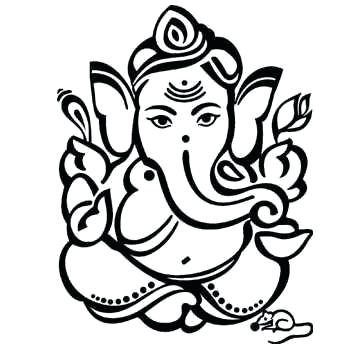தமிழில் அறிய இங்கே கிளிக் செய்யவும்...
Navadurga is said to be the nine forms of Durga. ‘Nava’ means nine. The Vedas say that there are nine forms of Durga. Kalaratri is the seventh of the nine forms of the Goddess Durga, known as the Navadurga. Kalaratri (कालरात्रि) is widely regarded as one of the many destructive forms of the Mother Goddess, which include Kali, Mahakali, Bhadrakali, Bhairavi, Mrityu, Rudrani, Chamunda, Chandi and Durga.
Navaratri
NADA SAMARPANAM
Song : Akilandeshwari Rakshamam

Audio
Talam : Adi
Composer : Muthuswamy Dikshitar
Pallavi
akhilANDEshvari rakSamAm
Agama sampradAya nipuNE shrI
Anupallavi
nikhila lOka nityAtmikE vimalE
nirmalE shyAmaLE sakala kalE
Charanam
lambOdara guruguha pUjitE
lambAla kOdbhAsitE hasitE
vAgdEvatArAdhitE varadE
varashaila rAjanutE shAradE
jambhAri sambhAvitE
janArddana nutE
jujAvanti rAganutE
jallI maddaLa jhar jhara vAdya
nAdamuditE jHnAnapradE
Meaning:
PALLAVI : Akhilandeswari! Protect me! O Expert in the tradition of the Agamas. Oh Akhilandswari, Oh Abhirama Sundari, You are the primevial Sakthi who knows everything, Please hug me and protect me.ANU PALLAVI : The one who is the eternal lifeforce of the various worlds. The one who is pure. The one who is dark as the rain cloud. The one who encompasses all the arts and who is the essence of all the art forms.CHARANAM :🌟 The one worshipped by Ganesha and Shanmukha. The one who has long locks of hair on her forehead.The one with a smiling countenance.🌟 The one worshipped by the vagdhevathas. the bestower of boons. the one worshipped by the king of mountains. The one named Sharada.🌟 The one respected by Indra - who is the enemy of the demon jambhA. The one worshipped by Vishnu. The one praised with the raga jujavanti. The one pleased by the instruments such as jallI, maddaLa, jarjara. The bestower of knowledge.
Story about this Song
The one key story which appears in the song is that of "lambOdara guruguha pUjitE" which talks about Goddess Akilandeswari being worshipped by Ganapathy and Guruguha - who is Subramanya. This pertains to the Goddess being in a state of anger - which was dissipated by Adi Sankara who took all that anger in the form of tadanga (ear rings) and put it on the ears of the Goddess and also put the idols of Ganapathy and Muruga in front of the Goddess so that she sees her sons all the time and hence becomes pacified.

Kalaratri
The first part of the word kalaratri is kala. Kala primarily means time but also means black in honour of being the first creation before light itself. This is a masculine noun in Sanskrit. Time, as perceived by Vedic seers, is where everything takes place; the framework on which all creation unfolds. Vedic seers therefore conceived of kala as a powerful deity as much as a concept. This then gave rise to the Vedic image of the deified Kala as devourer of all things, in the sense that time devours all. Kaalratri can also mean the one who is the death of time.
The second part of the word kalaratri, is ratri and its origins can be traced to the oldest of Vedas, the Rig Veda. According to the Ratrisukta of the Rig Veda, sage Kushika while absorbed in meditation realised the enveloping power of darkness and thus invoked Ratri (night) as an all-powerful goddess.
Thus, the darkness after sunset became deified and was invoked by sages to deliver mortals from fears and worldly bondage. Each period of the night, according to Tantric tradition, is under the sway of a particular terrifying goddess who grants a particular desire to the aspirant. The word kalaratriin Tantra refers to the darkness of night, a state normally frightening to ordinary individuals but considered beneficial to worshippers of the Goddess.

Invoking Goddess Kaalratri therefore empowers the devotee with the devouring quality of kala (time) and the all-consuming nature of ratri (night) - allowing all obstacles to be overcome and guaranteeing success in all undertakings.



Thanks for sharing the story about the song...
Best wishes...